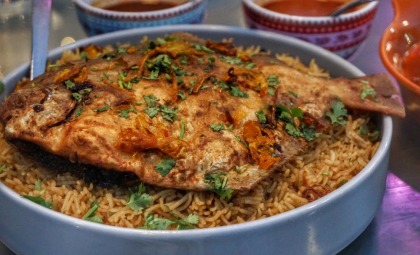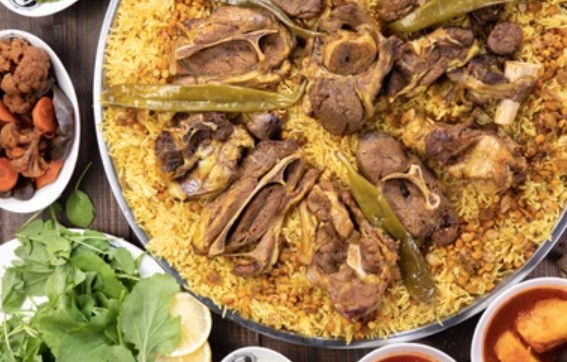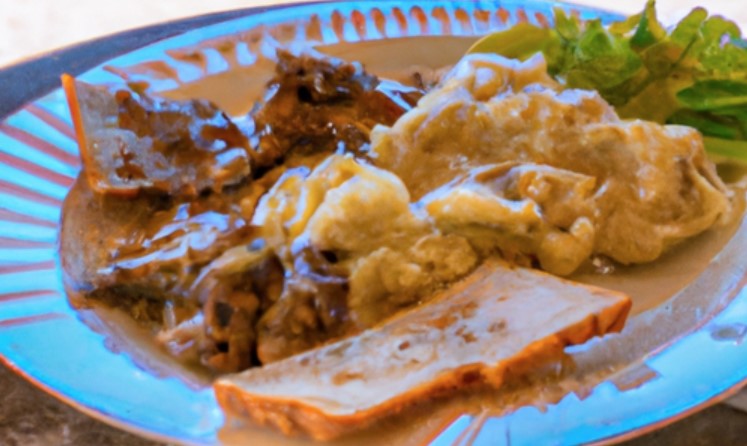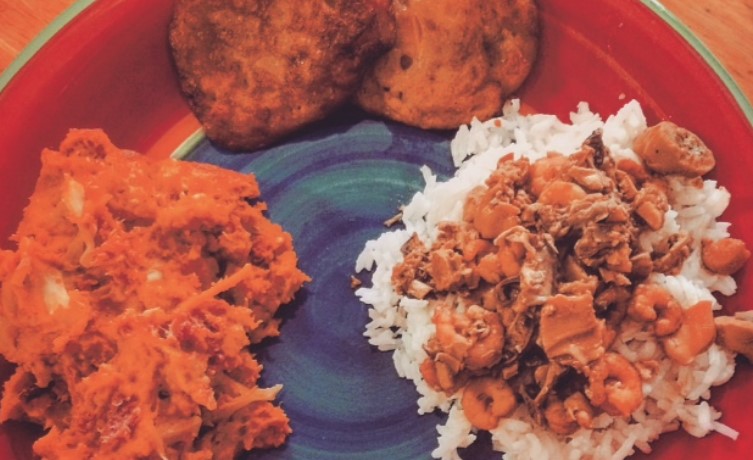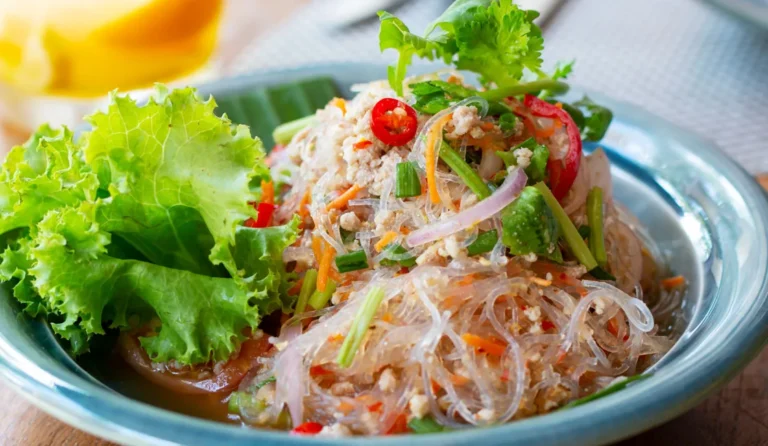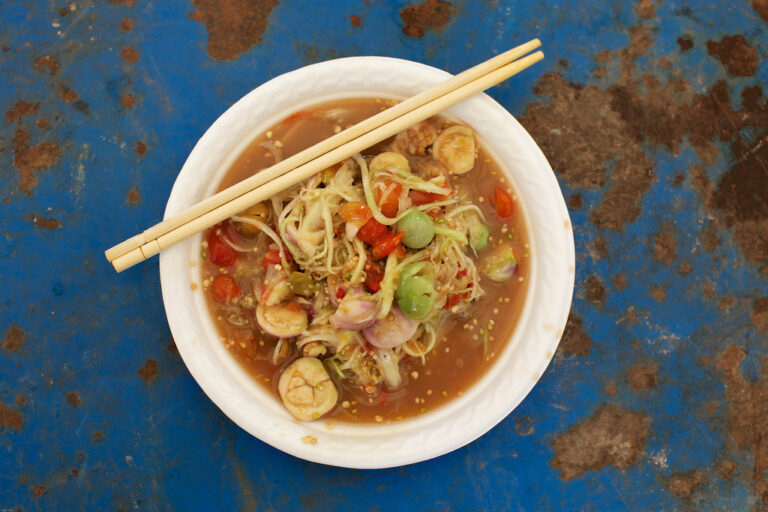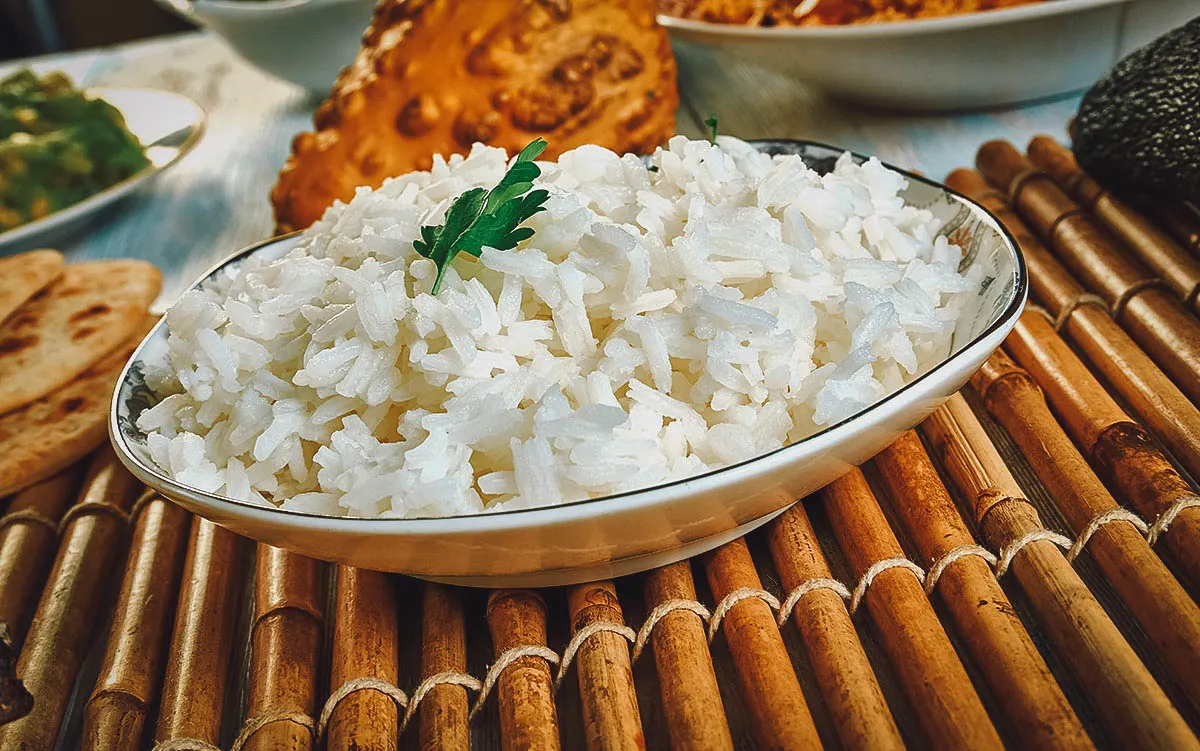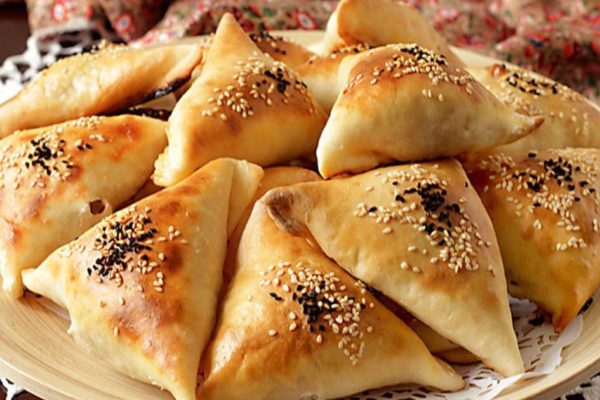Introduction to Latvian cuisine
Latvian cuisine is a blend of various influences, including German, Russian, and Scandinavian. Traditional Latvian dishes are typically hearty and filling, using ingredients such as potatoes, pork, and root vegetables. However, Latvian cuisine is not complete without its delicious baked goods, including breads and pastries.
The importance of bread and pastries in Latvian culture
Bread and pastries hold a significant place in Latvian culture. Baking is a skill that has been passed down from generation to generation, and many families have their own secret recipes. Bread and pastries are often served during special occasions, such as weddings or Christmas, and are a symbol of hospitality and generosity. In fact, it is not uncommon for Latvians to bring a loaf of bread or a tray of pastries when visiting someone’s home.
Traditional Latvian breads and their characteristics
One of the most popular traditional breads in Latvia is rye bread, which is made from a mixture of rye flour, wheat flour, and sourdough starter. Rye bread has a dark, dense texture and a slightly sour taste. Another traditional bread is black bread, which is similar to rye bread but has a stronger flavor. White bread is also popular, but it is usually reserved for special occasions.
Popular Latvian pastries and their origins
Latvian pastries are often sweet and flavorful, with many using fruits and berries that are native to the country. One of the most well-known pastries is pīrādziņi, a savory pastry filled with meat or cheese. Another popular pastry is sklandrausis, a sweet pastry made with rye flour, carrots, and spices. Sklandrausis is thought to have originated in the Kurzeme region of Latvia.
The role of bread and pastries in Latvian celebrations
Bread and pastries play an important role in Latvian celebrations. During Christmas, families often bake bread and pastries to share with their loved ones. Easter is also a time for baking, with many families making sweet pastries such as paska and babka. In addition, Latvian weddings often feature a bread and salt ceremony, where the newlyweds are presented with a loaf of bread and a dish of salt to symbolize their new life together.
Conclusion: Exploring the delicious world of Latvian baked goods
Latvian cuisine may be known for its hearty dishes, but its baked goods are equally delicious. From the dense texture of rye bread to the sweet flavors of sklandrausis, Latvian breads and pastries offer a unique taste of the country’s culture and history. Whether served during special occasions or enjoyed as a daily snack, Latvian baked goods are sure to satisfy any sweet or savory craving.


